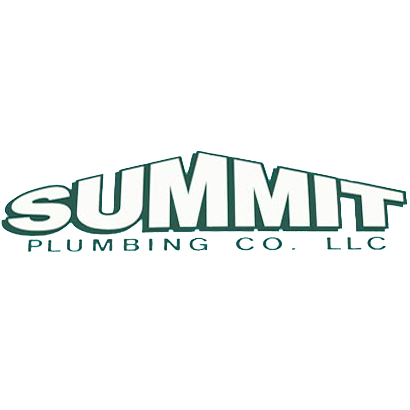When the traditional Energy Star label appears on gas furnaces, it means they’re designed and certified specifically for use in northern US climates. These furnaces can on average save $94 in energy costs each year and are as much as 16 percent more efficient than baseline models.
So why exactly is 3 phase HVAC equipment so much more efficient than single phase equipment? In this type of setup, you never completely drop voltage off during a 3-phase run cycle so that there’s always another phase to step in and keep the motor spinning more easily.
Did you know that because hot air rises, by reversing your ceiling fan you could have warm air blown directly on you? Ceiling fans are an excellent addition to any office building or business, as it assists the distribution of heat or cool air from your HVAC system.
Many people think that the increase in the price of oil means an increase in the price of gas. This is not the case with heating and cooling systems. The price of natural gas has actually been falling, while heating oil prices have risen.
The larger and more open your building is, the higher your heating and air-conditioning bill will be. Installing energy efficient systems with modern thermostatic controls, can bring tremendous savings in costs – sometimes by as much as fifty percent.
We can handle the heating and cooling needs for your commercial building, whether it's a single shop or a large complex. We can help your business cut down on its utility bills by installing energy efficient HVAC systems.
All refrigerators and air conditioners work on the evaporation and condensation cycle. As the coolant evaporates, it takes in heat, and moves it outside when it condenses. On a gas-powered air conditioner or refrigerator, the evaporation is done by a gas burner.
Once a new system is installed, we measure airflow to each to each room and section to make sure it is being delivered at the proper rate. A proper balance is needed to keep the system operating at optimal efficiency.
We understand that some homeowners are hesitant to call for service because of the cost to replace equipment. Remember, the sooner we find and repair the problem, the less it’s like to cost you.
Why is the quality of the air we take in during the day important? If you're an average person, you take in 2,300 gallons of air each day. That air can contain pollutants such as mold spores, pet dander, bacteria, and viruses.
Heat Seasonal Performance Factor measures the effectiveness of your HVAC systems heat pump. It represents the total heat output of the heat pump during the heating season. Higher numbers mean more efficient systems.
Did you know that quality of the air indoors can be just as harmful to people as the air outdoors? When you need to ensure your building’s HVAC system isn’t making people sick, we can help.
Air handling units are used in commercial central HVAC systems to move and condition air, which is then supplied to the conditioned spaces. This component will typically include a fan, heating and cooling coils, and outdoor and inlet dampers.
If you’ve recently purchased an older home, you may discover that it lacks the necessary crawl spaces to accommodate duct work. Rest assured that there are still options to keep your family comfortable.
Unfortunately, having equipment improperly installed in your office building can lead to it wearing out faster than it should. If you need to ensure that your installation doesn’t cause problems with your HVAC system later on, we’re always here to help get it right the first time.
Have your employees been complaining about the temperature in the office after you leave for the day? Installing a thermostat that tracks historical data may be able to help you locate the issue.
When your building’s HVAC system starts showing signs of irreparable issues, you may wonder whether there’s a system available that won’t have these same issues in the future. When you need HVAC equipment installed that you count on, we’re always here to help.
It’s important to remember that your HVAC system is only designed to handle a certain amount of space. If you plan to add square footage, you may also want to consider adding a secondary unit.
Alice Parker from New Jersey wasn’t the first to consider using gas for heat, but she was the first to apply the principle to home heating. In 1919, she received a US patent for the first gas furnace for central whole-house heat.
Natural gas is very energy-efficient, which means it can do a lot of clothes drying with very little energy consumption. If the dryer's vented properly, and the correct dryer cycle is selected, this can help make the dryer even more efficient.
Did you know that having us perform regular service on your HVAC system can keep it in proper working order longer? Even when there’s a problem with your unit, we may be able to catch it before it stops working.
How did people stay cool before the invention of air conditioning? They often used fans, large blocks of ice and homes designed with cool breezes in mind, like shotgun houses that boasted a central hall with doors on both ends.



